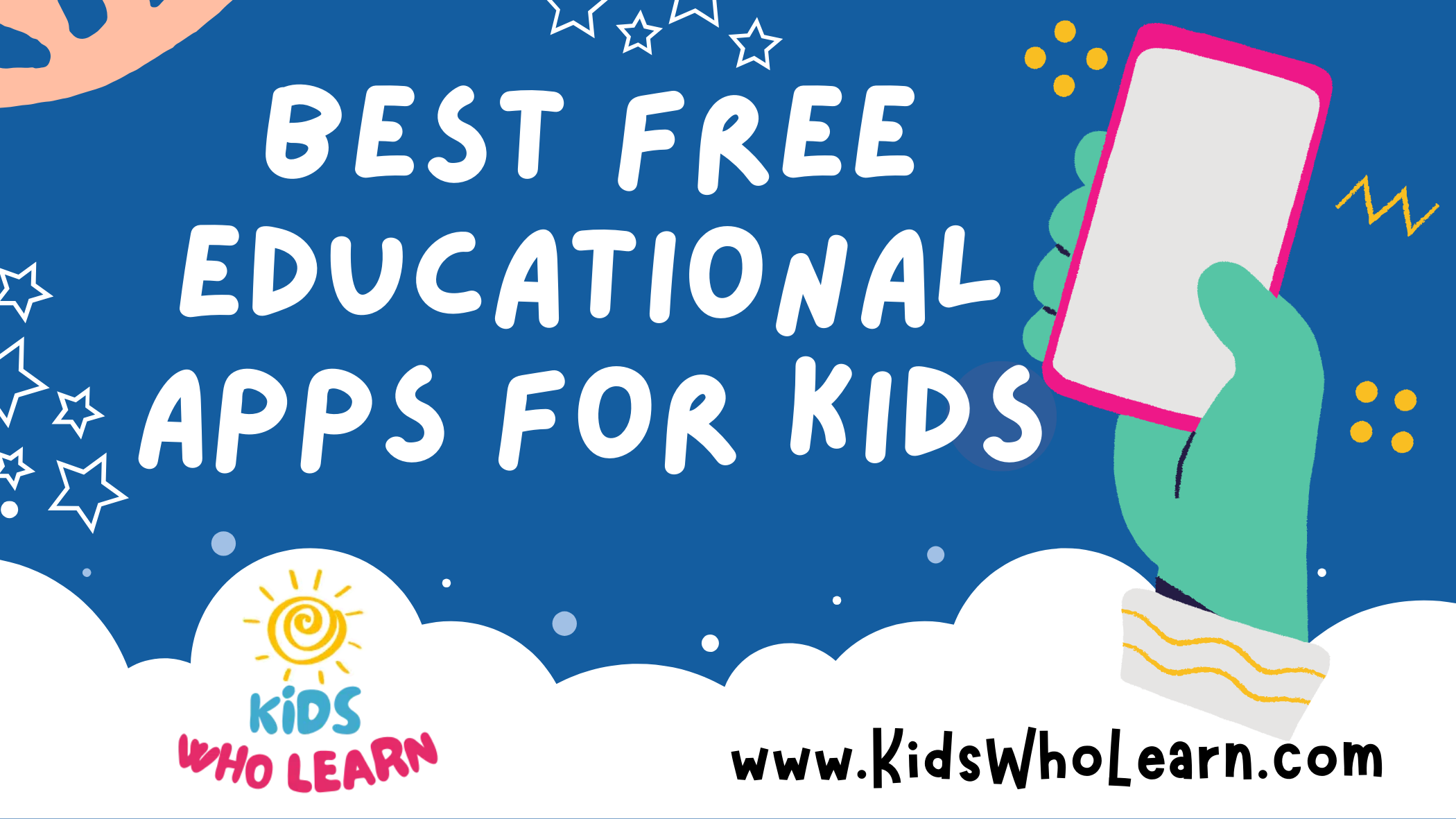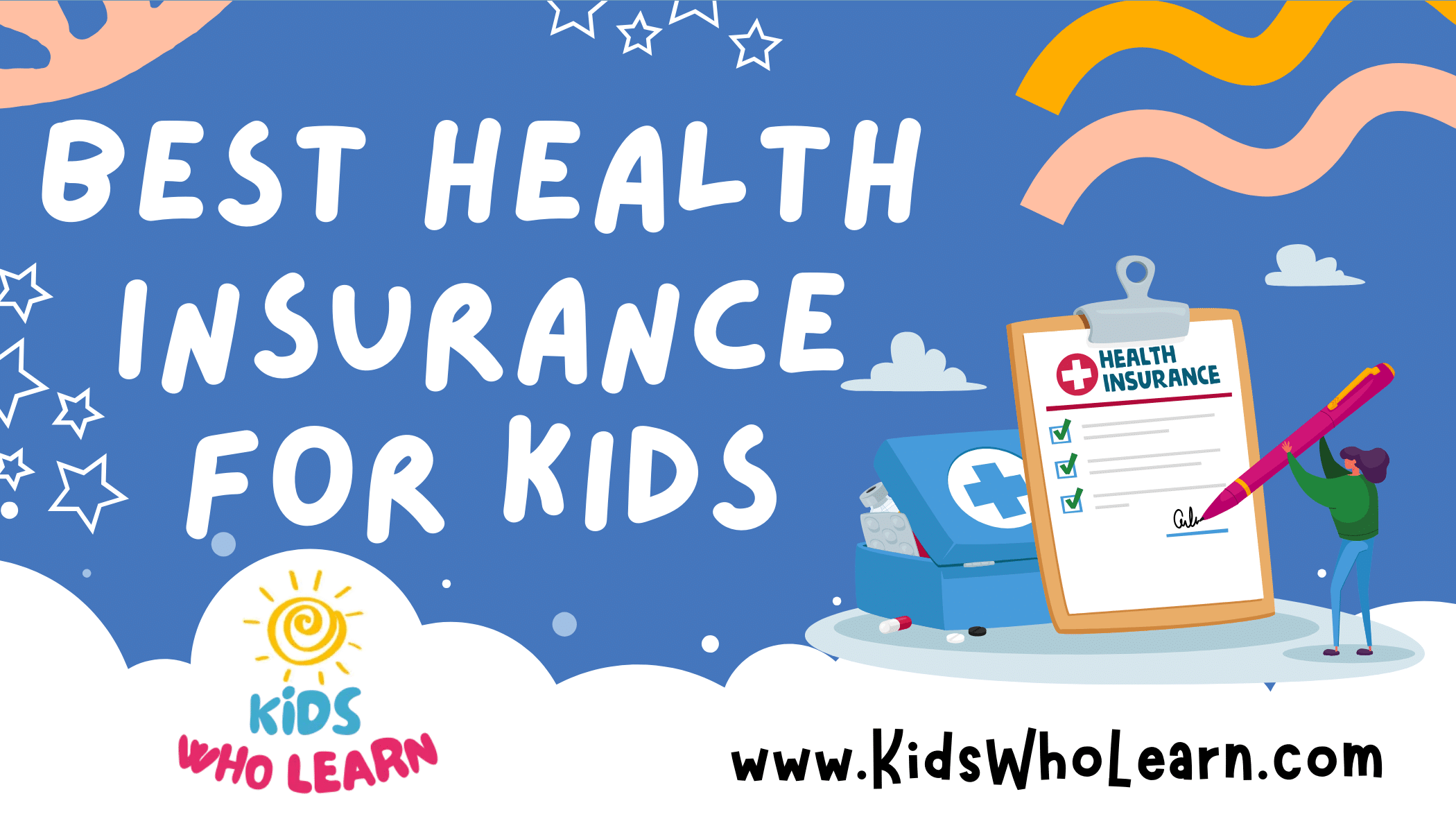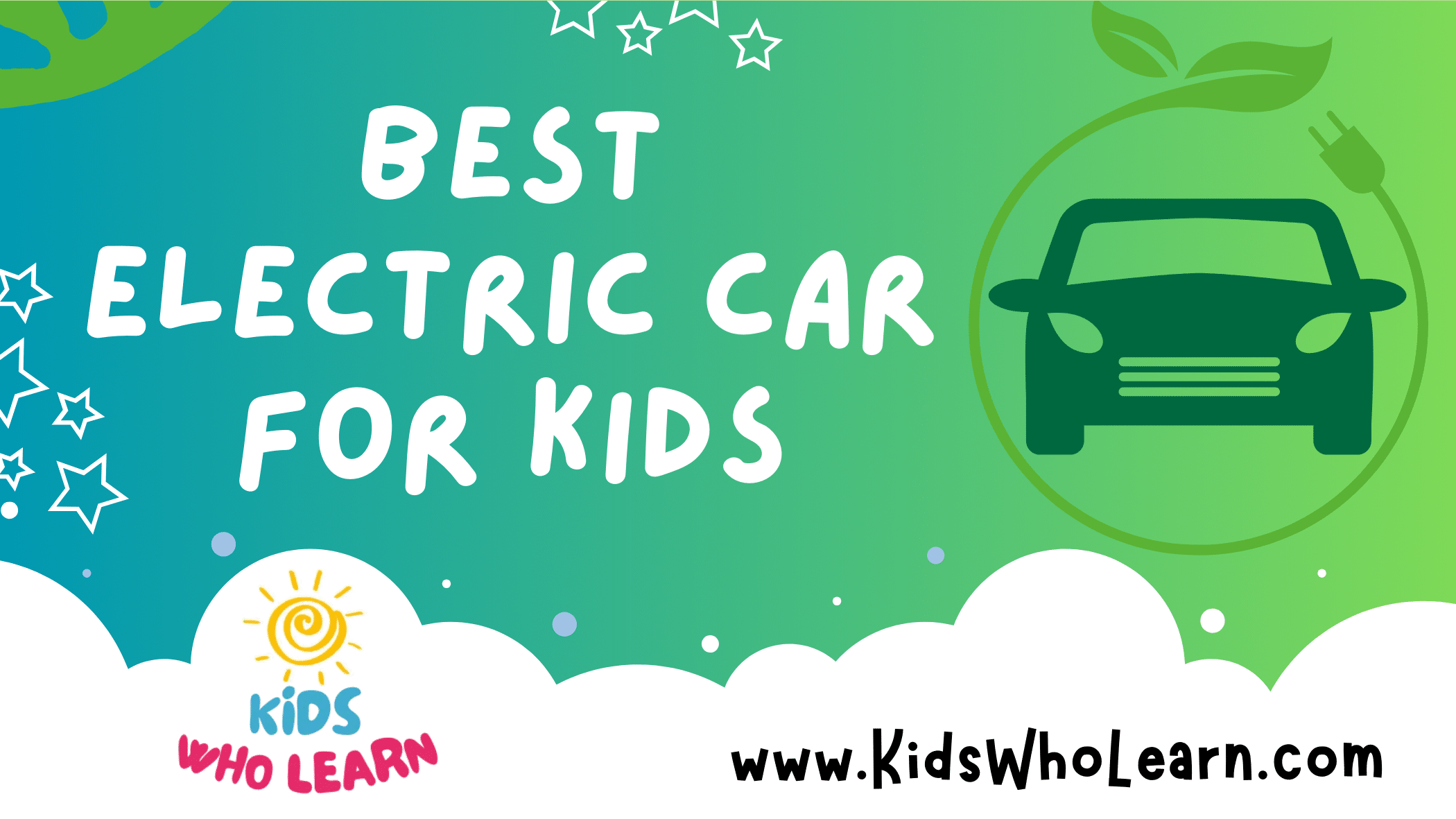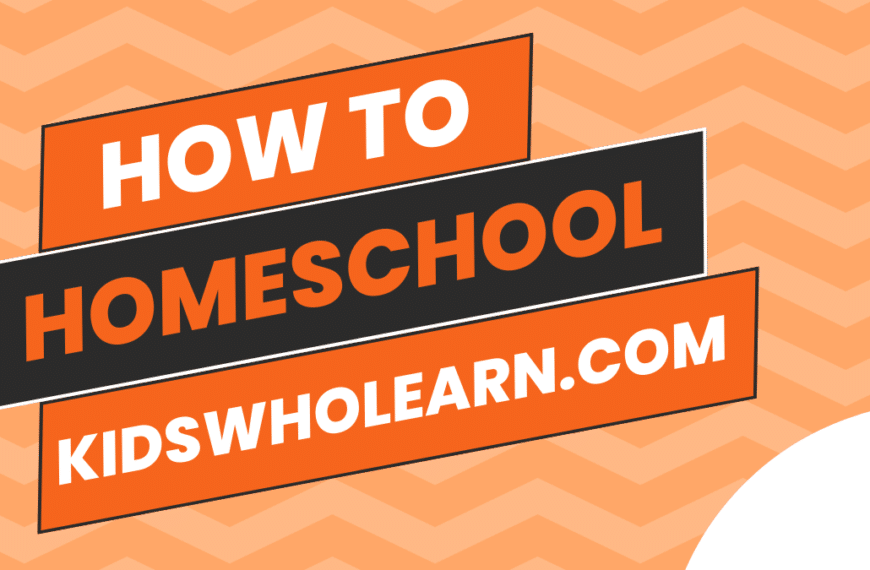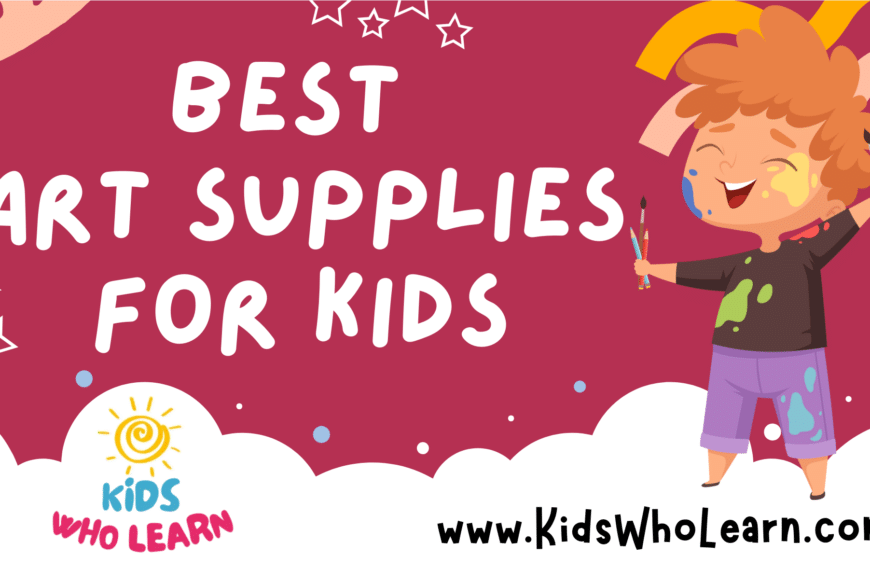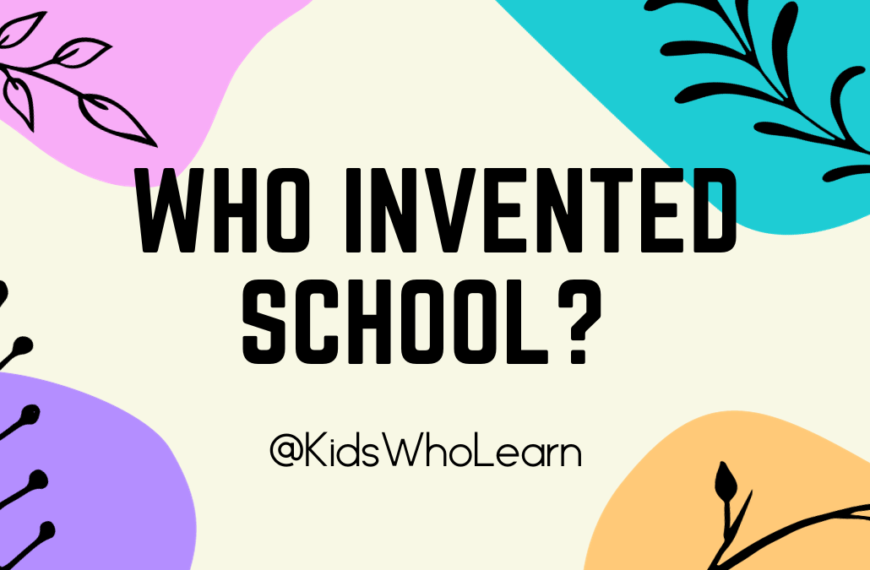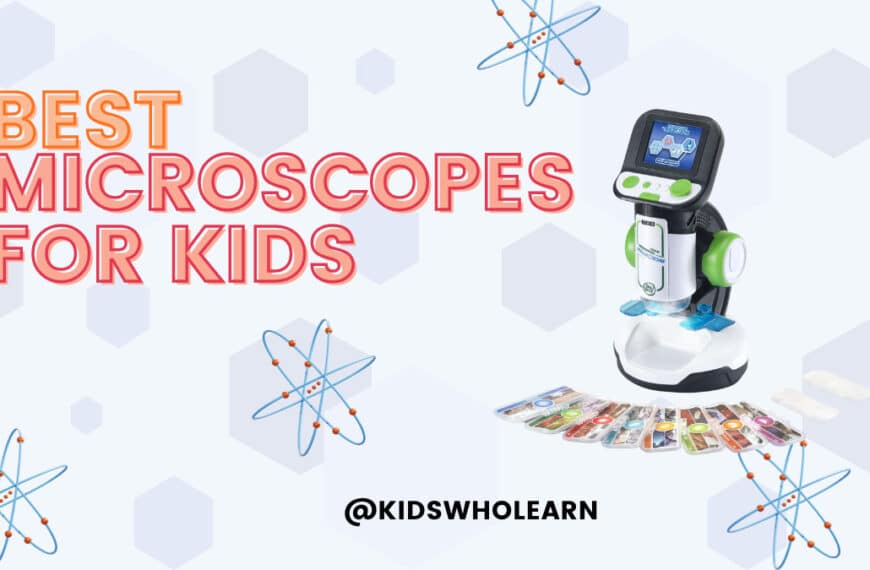In an age where technology is seamlessly integrated into daily life, free educational apps for kids have become a cornerstone in combining learning with technology. With a wide array of applications available, selecting the right tools for your child’s growth and education can be overwhelming. These applications are tailored to not only impart knowledge but also to foster creativity, critical thinking, and a love for learning in a format that resonates with the tech-savvy generation.
Navigating through the countless options, it is essential to identify educational apps that are engaging, user-friendly, and above all, effective in delivering educational content. The best educational apps blend curriculum-based learning with fun, interactive experiences that are age-appropriate and inclusive, catering to diverse learning needs. As parents and educators prioritize enhancing the learning experience, understanding the features that distinguish the most impactful applications is key to maximizing their benefits.
Key Takeaways
- Free educational apps integrate learning with technology, offering engaging and effective content for kids.
- The best apps are user-friendly, age-appropriate, and support diverse learning needs.
- Effective educational apps combine curriculum-based learning with interactive experiences to enhance education.
Understanding Educational Apps for Kids
In the digital age, the right educational apps can be a complement to traditional learning methods. These tools leverage technology to offer interactive and personalized learning experiences for kids.
Defining Learning Apps
Educational apps, also known as learning apps, are software applications designed specifically for educational purposes. They can range from basic language learning tools to comprehensive learning platforms that cover a multitude of subjects. Here’s a brief breakdown:
- Purpose: Educational apps serve to make learning more engaging.
- Accessibility: These apps can be accessed on various tech devices including tablets, smartphones, and computers.
- Age Range: Learning apps are developed for kids as young as toddlers up to teenagers.
Evaluating the Educational Value
Determining the educational value of an app can be challenging, but critical. You can follow these steps:
- Research: Look up apps on platforms like Common Sense Media, where experts review and rate educational tools.
- Content Quality: Ensure the app provides accurate, well-structured information that aligns with educational standards.
- Engagement: Interactive elements should keep children attentive without being overly distracting.
- Screen Time: Assess how the app manages screen time, to prevent prolonged periods of use.
- Feedback and Adaptability: Check if the app adjusts to your child’s learning pace and offers feedback on their progress.
By using this guide, you can discern which apps will best support your child’s educational journey in a balanced and effective way.
Essential Features of Top Free Educational Apps
When evaluating the best free educational apps for kids, it’s important to focus on the specific features that contribute to a beneficial learning experience.
User-Friendly Design
Your child’s ability to navigate an app independently is crucial. The user interface should be intuitive and age-appropriate, allowing kids to explore without constant adult supervision. Look for apps that organize content in a clear and logical manner with visible icons and simple menus. Accessibility features, such as adjustable text size and voice commands, are also valuable.
Engaging Content
The educational app must offer content that captivates and maintains your child’s interest. High-quality video and audio elements can be instrumental for this. Content usually comes in various forms:
- Interactive activities that encourage hands-on learning
- Games that make education fun and challenging
These elements should blend education with entertainment to sustain engagement over time.
Safe and Secure Environment
Providing a secure platform for your child is non-negotiable. The app should have strong safety features that protect personal information and offer a safe space for learning without distractions. Features to look for include:
- Secure logins
- Privacy settings to control who can interact with your child
- Filtered content to prevent exposure to inappropriate material
The app should comply with children’s online privacy laws and have transparent user agreements.
Categories of Free Educational Apps
Free educational apps offer a variety of learning environments across multiple domains, ensuring that your child’s learning is comprehensive and engaging.
Reading and Language Apps
Reading and language apps aim to bolster your child’s literacy skills. They often include a myriad of interactive books and activities focused on phonics, vocabulary, and comprehension. For example, apps may allow children to read along with an animated story, enhancing both their reading and language skills simultaneously.
Mathematics Learning Apps
The mathematics learning apps cater to your child’s numerical and logical development. They teach concepts ranging from basic numbers and shapes to more advanced problem-solving skills. Children engage with fun and interactive problems that adapt to their skill level, effectively reinforcing their math foundation.
Science Exploration Apps
Science exploration apps introduce your child to the world of science through interactive simulations and experiments. These apps cover various topics, including biology, chemistry, and physics, helping to explain complex concepts through simple, user-friendly interfaces.
Art and Creativity Apps
With art and creativity apps, you’ll find avenues for your child to express themselves through digital painting, coloring, and design. Such apps often include tools for creating digital artwork, helping to foster your child’s creativity and artistic talents.
General Knowledge and Skills
Lastly, apps focusing on general knowledge and skills provide a well-rounded foundation, incorporating elements from history, science, art, and more. They aim to develop your child’s curiosity and critical thinking, often through interactive quizzes and engaging story-driven gameplay.
Recommended Free Educational Apps
Navigating the expansive world of free educational apps can greatly enhance your child’s learning experience. Here’s a curated selection focusing on subjects from math to language, all aligned with educational standards.
Khan Academy and Khan Academy Kids
Khan Academy offers a comprehensive range of topics for students aiming to strengthen their knowledge in subjects like math and science. It aligns with Common Core standards and delivers educational videos and practice exercises. Khan Academy Kids is specifically designed for younger learners (ages 2-7), featuring vibrant characters that guide children through educational activities.
PBS Kids and PBS Kids Games
For an engaging learning experience, PBS Kids provides age-appropriate educational videos that are both informative and entertaining. The PBS Kids Games app complements this by offering a variety of interactive games, allowing children to explore concepts such as the sciences and the arts through play.
Duolingo for Language Learning
If language learning is your goal, Duolingo stands out as a robust, game-like app that teaches languages through small, bite-sized lessons. It’s suitable for a wide range of ages and proficiency levels, making it ideal for introducing new languages or enhancing existing skills.
Bedtime Math and Math Games
Introduce your child to the fun side of numbers with Bedtime Math—a math app designed to turn nightly math problems into a bonding activity for parent and child. For more interactive play, explore various math games available that make learning math concepts entertaining while adhering to the Common Core standards.
Epic! and Interactive Reading Apps
Epic! is a digital library for children 12 and under, overflowing with books that cater to different interests. It’s a treasure trove of stories, educational videos, and quizzes that help improve reading skills in a dynamic and interactive way.
Age-Appropriate Learning Applications
Selecting the right educational apps can enhance learning tailored to your child’s developmental stage. These apps foster critical thinking, creativity, and fundamental skills.
Apps for Preschoolers
For preschoolers aged two to five, apps should be interactive and visually stimulating to foster the beginnings of academic learning. Here are top picks for your young children:
| App Name | Focus Area | Age Group |
|---|---|---|
| ABCmouse.com | Reading, Maths, Art | 2-8 years |
| Khan Academy Kids | Literacy, Logic | 2-6 years |
ABCmouse.com offers a comprehensive curriculum with activities in reading, math, science, and art. Khan Academy Kids includes thousands of educational activities to strengthen early literacy and math skills.
Apps for Elementary School Students
Elementary school students need apps that build on basic skills and introduce higher-level concepts in an engaging manner:
- Duolingo: Makes language learning fun with game-like lessons.
- Google Earth: Encourages exploration and understanding of the world.
Duolingo offers bite-sized lessons to help kids learn new languages, promoting linguistics from a young age. Google Earth allows children to explore the planet, fostering curiosity about geography and culture.
Apps for Middle and High Schoolers
For students in middle and high school, apps should challenge their growing analytical skills and provide depth in various subjects:
- Quizlet: A versatile app for creating study sets and preparing for tests.
- Khan Academy: Offers practice exercises and instructional videos on a wide range of subjects.
Quizlet helps in mastering topics through flashcards and quizzes, perfect for high school test prep. Khan Academy provides in-depth lessons for subjects from algebra to art history, supporting independent learning.
Enhancing the Learning Experience
Selecting the appropriate free educational apps can transform how your child engages with learning material. These apps should integrate core educational programs aligned with recognized standards and frameworks, leverage tools designed for parents and educators, and encourage the responsible use of technology.
Combining Education and Entertainment
- BrainPOP and BrainPOP Jr. Movie of the Week: Present weekly animated movies with accompanying quizzes and activities, covering a diverse range of STEM and Social-Emotional Learning topics that align with Common Core standards.
- Entertainment Factor: Utilize characters and storytelling to maintain student engagement.
| App | Age Group | Subjects | Common Core Alignment |
|---|---|---|---|
| BrainPOP | 6 – 17 | Science, Math, Arts, and more | Yes |
| BrainPOP Jr. | 5 – 9 | Reading, Writing, Math, Science | Yes |
Utilizing Parental and Teacher Resources
- Support Materials: Apps with resource kits provide you with guides to further your child’s development.
- Schools and Districts: Apps designed for classroom use often include features for tracking progress, customizing lessons, and integrating with school curricula.
| Features | Parental Use | Teacher Use |
|---|---|---|
| Progress Tracking | Monitor learning timeline | Assess student growth |
| Customized Lessons | Tailor challenges to child’s abilities | Align with class objectives |
| School Integration | Stay informed on child’s school activities | Streamline with educational standards |
Ensuring a Balanced Screen Time
- Recommendations: Follow pediatric guidelines recommending specific duration and content type for screen time.
- Head Start Early Learning Outcomes Framework: Look for apps that understand the importance of balancing screen time with other activities and adhere to developmental benchmarks.
| Age Group | Recommended Screen Time |
|---|---|
| 2 – 5 years | 1 hour per day |
| 6 years and older | Consistent limits on screen time and types of digital media |
Apps that effectively blend educational content with engaging formats can vastly improve learning experiences while supporting parental involvement and promoting healthy tech habits.
Role of Technology in Education
As technology advances, its integration into the educational landscape reshapes how you engage with learning materials and access information.
Educational Apps in the Classroom
Incorporating apps into the classroom has become a staple of modern education. Tablets and smartphones allow for an interactive learning experience, and educational programs can be downloaded from platforms like Google Play or the Apple App Store. Apps like Starfall utilize engaging content to enhance reading, mathematics, and art skills for kids. On the other hand, Osmo combines physical play with digital apps to promote creative problem-solving.
Educational apps aim to supplement traditional teaching methods with personalized learning experiences. These apps can adjust difficulty levels and topics according to the individual child’s pace and preferences. Through immediate feedback and rewards, apps on your tablet or computer can make learning more enjoyable and effective.
The Future of Tech in Learning
The trajectory of technology in education is pointing towards more immersive and tailored experiences. Emerging trends suggest a continuous growth in learning apps for kids that focus on building a diverse set of skills.
Your future learning could involve augmented reality (AR) applications that transform textbook content into interactive 3D models, making complex subjects more accessible. Innovations in adaptive learning technology will likely provide even more finely tuned personalized learning pathways, considering your learning style and knowledge gaps for an optimized educational experience. As technology evolves, the potential for enhancing your educational journey seems boundless, with new tools constantly emerging to support your learning goals.
Supporting Diverse Learning Needs
In the landscape of educational apps, you will find a variety of resources engineered to address the unique learning needs of children. These apps support different aspects of learning, tailored to help children overcome challenges and strengthen their skills efficiently. Below are key tools catering to specific learning requirements.
Language and Reading Challenges
For children facing language and reading challenges, apps that focus on phonics and letters are instrumental. Duolingo ABC offers a comprehensive approach to reading, with a focus on phonics-based instruction, letter identification, and audio support to aid pronunciation and listening skills. Moreover, Reading Eggs mergers interactive games with structured lessons to progress reading skills in alignment with your child’s pace.
- Key features:
- Phonetic exercises
- Letter recognition
- Audio support for pronunciation
Math Skills Development
The mastery of basic math skills such as addition and subtraction is made engaging with apps like Prodigy, which aligns with Common Core standards to ensure your child is on track with math learning objectives. From early arithmetic to more advanced problems, this platform adapts to your child’s level, offering challenges that evolve with their growing skills.
- Key Math Concepts:
- Addition and Subtraction
- Alignment with Common Core Standards
- Adaptive learning paths
Interactive Learning for Various Abilities
Interactive learning accommodates various abilities and learning styles. An app like Daniel Tiger’s Neighborhood offers a supportive environment where your child can learn about emotions and social skills through story-based adventures that require decision-making and problem-solving. It’s designed with a variety of accessories ensuring that interactive elements are accessible and educational.
- Interactive Elements:
- Story-based learning
- Emotional and social skills development
- Accessible accessories for hands-on interaction
Maximizing the Impact of Educational Apps
Effectively integrating free educational apps can significantly enhance learning for your child. The following strategies are tailored to ensure that these apps serve as a valuable supplement to traditional education methods, whether that’s during the school day or at home.
Incorporating Apps into Daily Routines
To make educational apps a productive part of your child’s day, integrate them into your regular schedule. Use apps like Thinkrolls Play & Code during quieter moments, such as:
- Morning Routine: Brief, educational app sessions can jumpstart the day before school.
- Kitchen Time: While you prepare meals, have your child engage with learning apps nearby.
- Travel: Turn long trips into learning opportunities with apps designed for on-the-go education.
Tracking Progress and Engagement
Monitoring your child’s progress with these apps is key to understanding their engagement and learning curve. Here’s how you can track their use:
- School Reports: Compare app activity with school performance to spot trends.
- Usage Metrics: Use built-in tracking features within apps like Quizlet to monitor study habits.
- Engagement Patterns: Note which subjects grip your child’s attention to tailor their learning experience.
Encouraging Self-Directed Learning
Foster independence by guiding your child to take charge of their educational journey through:
- Choice: Allow them to choose which apps to use, like encouraging exploration with Avokiddo.
- Office Setup: Create a distraction-free study space for them to focus on self-directed study.
- Routine: Encourage a routine where apps become part of the bedtime wind-down, quieting the mind with stories or puzzles.
By adopting these strategies, you can maximize the benefits of educational apps, making them a powerful tool in your child’s learning arsenal.
Exploring Creativity and Innovation in Learning Apps
In the landscape of free educational apps, there are specific applications that not only provide foundational learning but also encourage children to express their creativity and engage in innovative thinking.
Apps That Foster Creativity
ScratchJr – With ScratchJr, young learners, typically ages 5-7, get a hands-on introduction to the basics of programming through interactive stories and games. They learn to solve problems and design projects creatively using a simple graphical interface.
Art and Music Exploration – Apps that combine art and music enable children to harness their creativity in various mediums. These apps typically have tools that simulate paints, brushes, and canvases for art, along with musical instruments that offer an introduction to the world of melodies and rhythms.
Coding and Pre-Coding Learning Apps
Scratch Programming Language – Targeted towards children 8 years and older, Scratch is a platform that teaches programming in a more complex yet still accessible manner. Your children can create animated videos and games, and even share their creations with an online community, which is moderated for safety.
DragonBox Series
- DragonBox Numbers invites kids to explore the world of math through playful exploration and intuitive understanding of numbers.
- DragonBox Big Numbers takes the concepts a step further by introducing long addition and subtraction through engaging gameplay that continues to build a robust mathematical foundation.
A note on Stanford: Some of these applications may come from or be backed by reputable institutions. For instance, Stanford University has been known to support innovations in educational technology, which includes research and development of creative learning tools.
Preparing for the Digital Future
In navigating the digital landscape, you need to balance the benefits of tech in education with the importance of online safety and critical thinking skills.
Digital Literacy and Online Safety
In the digital age, your child’s safety is paramount. Educational apps not only teach academic subjects but also the essentials of digital literacy. Apps like Google’s Be Internet Awesome are designed to help kids understand safe internet practices through interactive activities. It’s important to establish a routine that includes screen time for these educational purposes, ensuring that exposure to technology is both beneficial and secure.
- Key Focus Points:
- Online Privacy Management: Learn to control privacy settings and understand data sharing.
- Recognizing Threats: Identify and handle cyberbullying, phishing, or other online risks.
Developing Critical Thinking and Media Literacy
Critical thinking is a cornerstone of educational development, especially when it comes to synthesizing information from the internet. Educational apps like Newsela provide age-appropriate news articles on current events, fostering a space for kids to engage in informed discussions. These platforms encourage students to analyze information critically, discerning between verified facts and misinformation.
| Activity Type | Benefits for Critical Thinking |
|---|---|
| Interactive Quizzes | Reinforce knowledge and analytical skills |
| Discussion Forums | Develop argumentation and perspective-taking |
It’s essential for these activities to be part of your child’s learning experience to prepare them effectively for the digital future.
Support and Resources for Parents and Educators
As you navigate educational apps for children, remember that you’re not alone. There’s a wealth of support and resources tailored for both parents and educators to ensure the best learning experience. Below are dedicated tools and platforms where you can find the necessary guidance.
Guides and Tutorials for App Usage
You’ll find a plethora of user-friendly guides and visual tutorials intended to help you effectively utilize educational apps. These resources are designed to simplify app interfaces and functionalities, enabling you to support children’s learning at home or in the classroom.
- Common Sense Media: Offers comprehensive guides for a wide range of apps.
- Developer Websites: Typically provide FAQs and tutorials specific to their apps.
Curated Lists and Recommendations
It’s not just about finding any educational app, but the right one that fits your child’s age and learning goals. Curated lists by experienced educators and experts can be an invaluable resource.
- Common Sense Media: Updated lists of age-appropriate educational apps with reviews.
- Educational Blogs: Blogs and forums where teachers share app recommendations.
Access to Expert Advice
Staying connected with experts can significantly enhance your ability to teach and support students. Utilize platforms that connect you with professionals in education for insight and advice.
- Expert Forums: Online communities where you can ask questions and receive advice from educational professionals.
- Webinars and Online Workshops: Sessions conducted by experts to deepen your understanding of educational technology.
Using these resources, you’ll be equipped with the knowledge and tools required to make informed decisions and guide young learners in the most effective way.
Frequently Asked Questions
When selecting educational apps for your child, it’s important to consider age-appropriateness, educational content, and interactivity. These FAQs focus on the best free options for various age groups.
What are the top free educational applications recommended for preschoolers?
For preschoolers, apps like PBS Kids Video offer access to a variety of educational shows, while the Duck Duck Moose series provides a range of activities from puzzles to math games, all tailored to this young age group.
Which free educational apps offer the best learning experience for toddlers aged 2?
Toddlers aged 2 can benefit from simple, interactive apps like BabySparks and Fisher-Price’s Laugh & Learn series, which provide activities designed to enhance early learning and development.
Can you suggest engaging educational apps suitable for children aged 7 to 8 years old that are available at no cost?
For 7 to 8-year-olds, ScratchJr teaches basic programming concepts through interactive storytelling and projects. Another popular choice is Google’s Read Along, which helps to improve reading skills through voice recognition and feedback.
Are there any leading educational applications for 10-year-olds that are free to use?
For 10-year-olds, apps like Prodigy Game mix math learning with role-playing game mechanics, making learning engaging and fun. Also, National Geographic Kids offers free resources that explore geography and science topics.
Which free learning platforms are available for 4 to 5-year-old children, comparable to Khan Academy Kids?
Khan Academy Kids stands out for children aged 4 to 5, thanks to its comprehensive learning path and age-appropriate content. Another great option is PBS Kids Games, which features educational games drawing from popular PBS shows.
What are some of the most popular free educational applications for children on the iPad?
On the iPad, notable free educational applications include Starfall Education, which has activities in reading and math, and Swift Playgrounds, an Apple app that introduces kids to coding through interactive puzzles and a 3D world.

